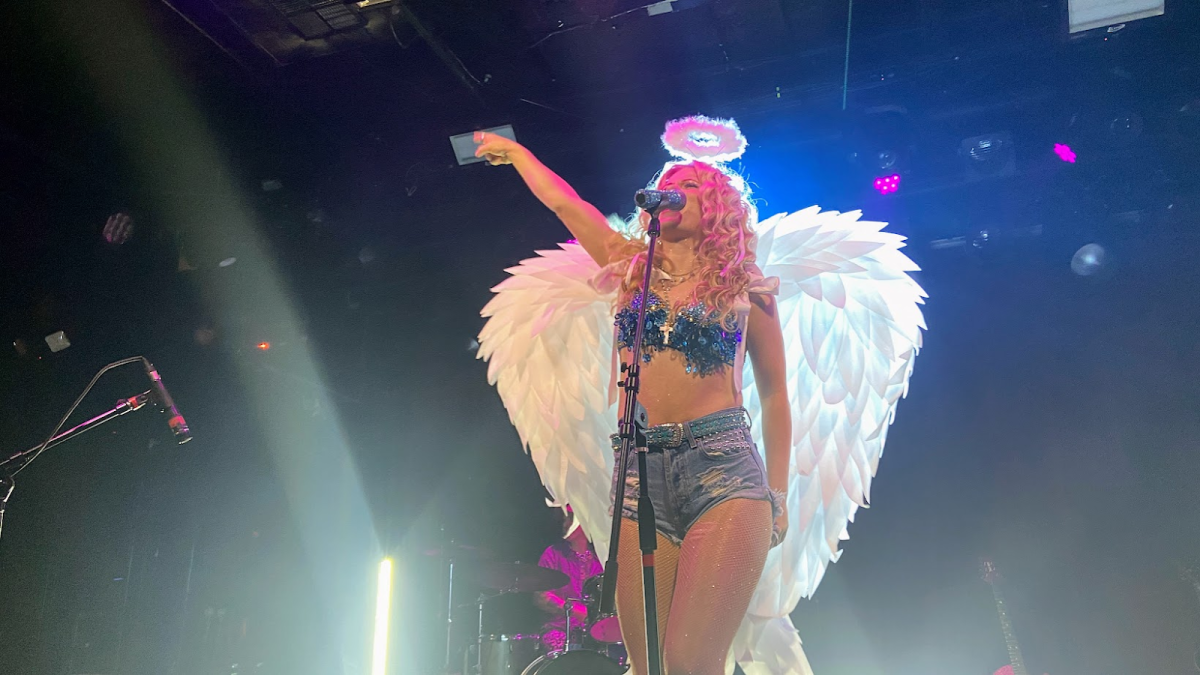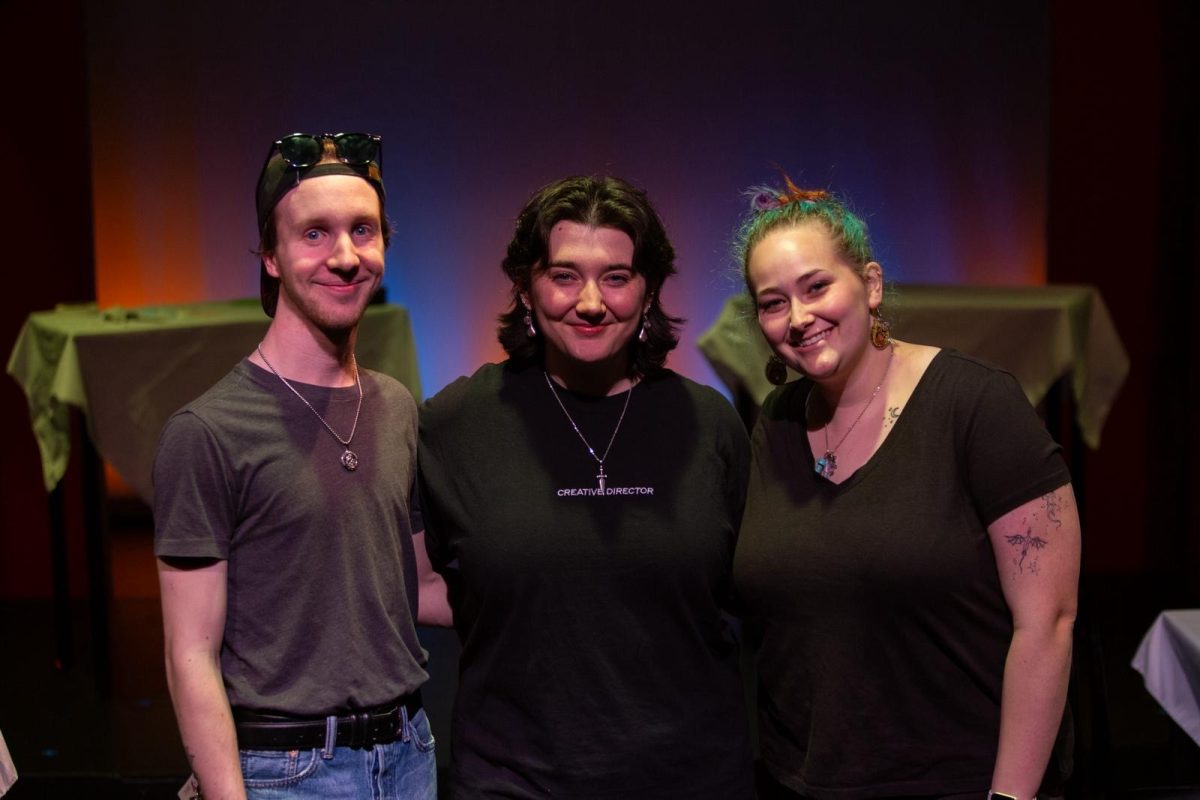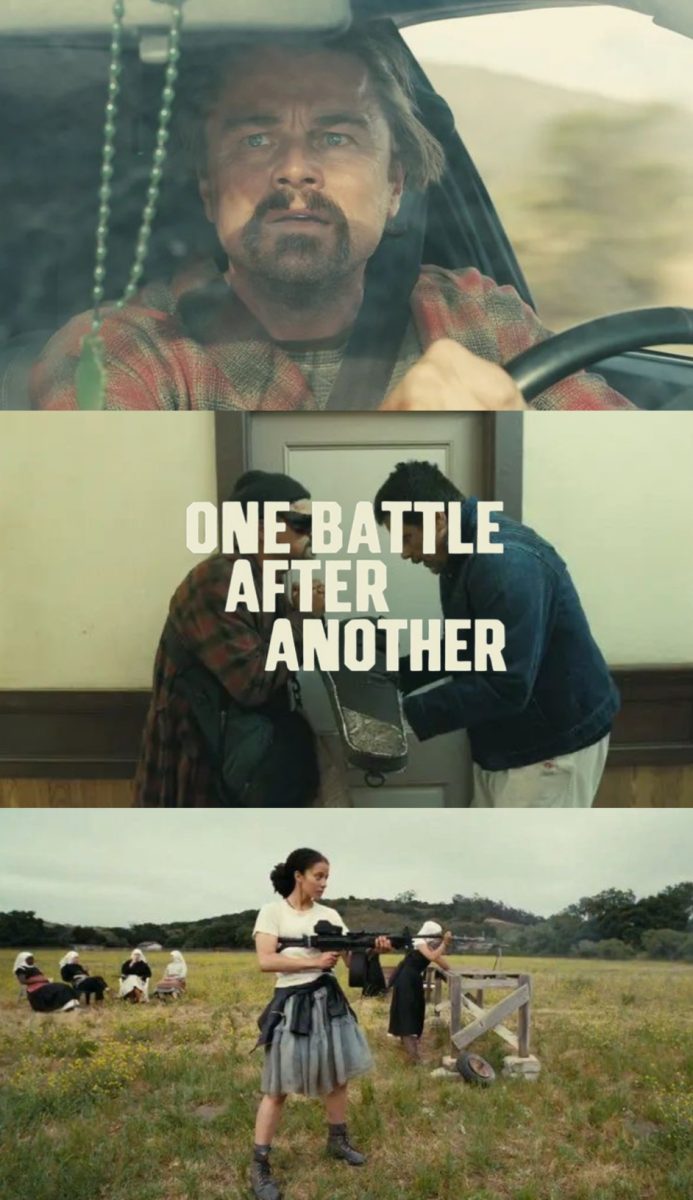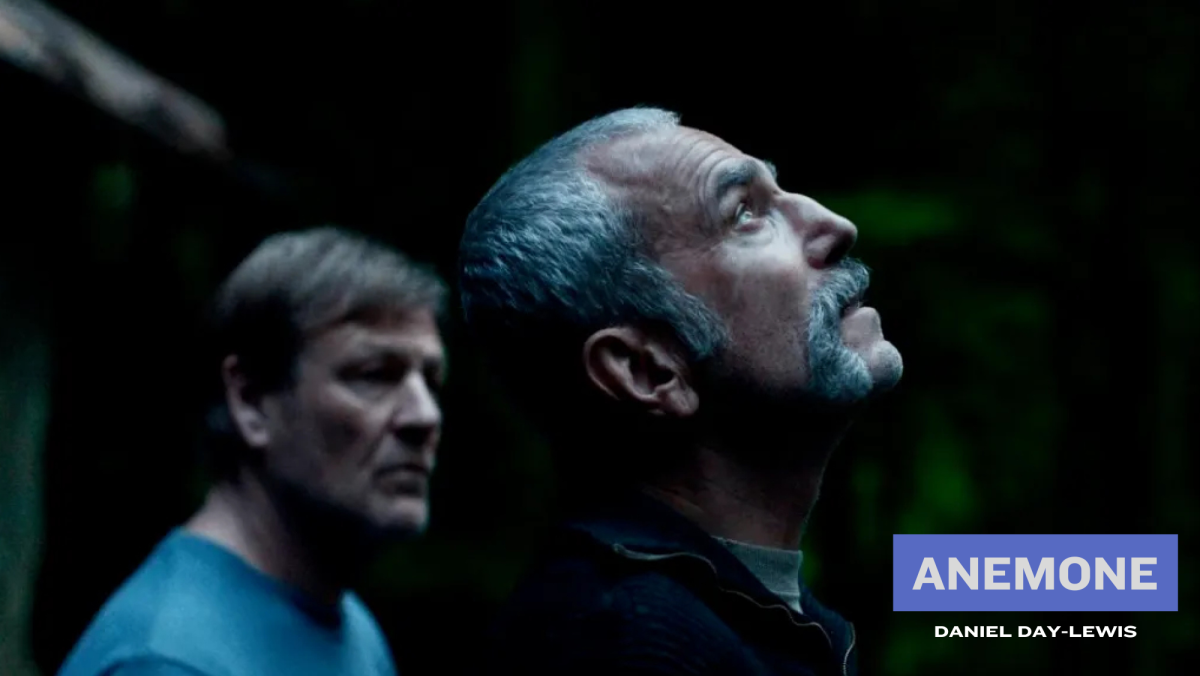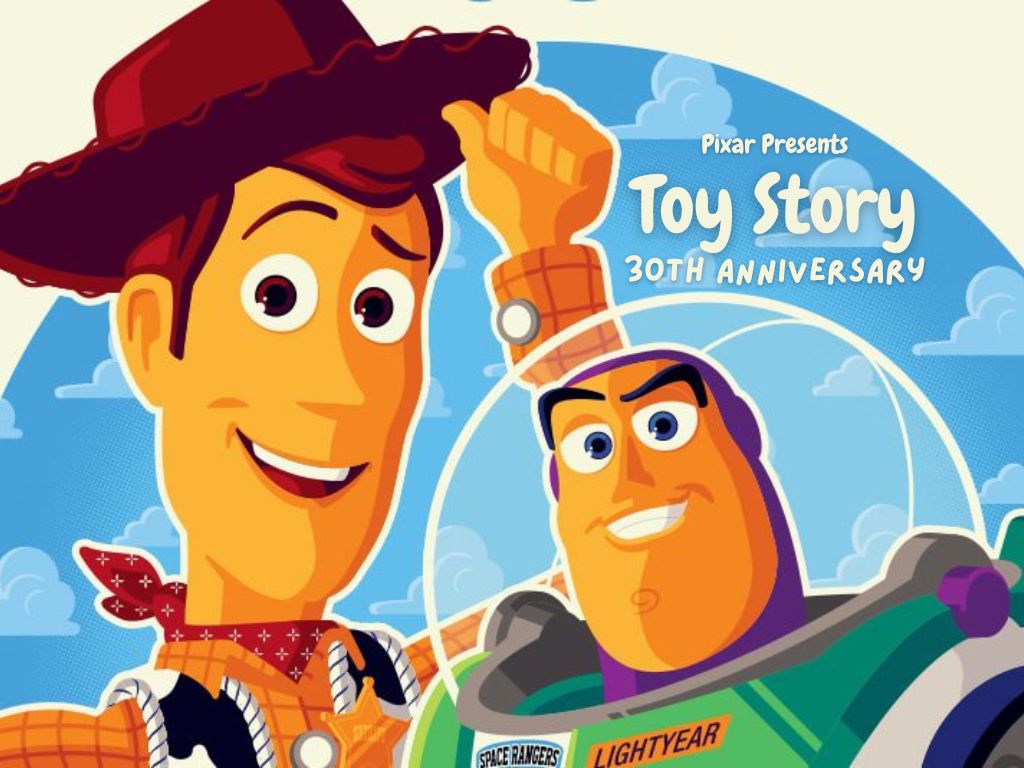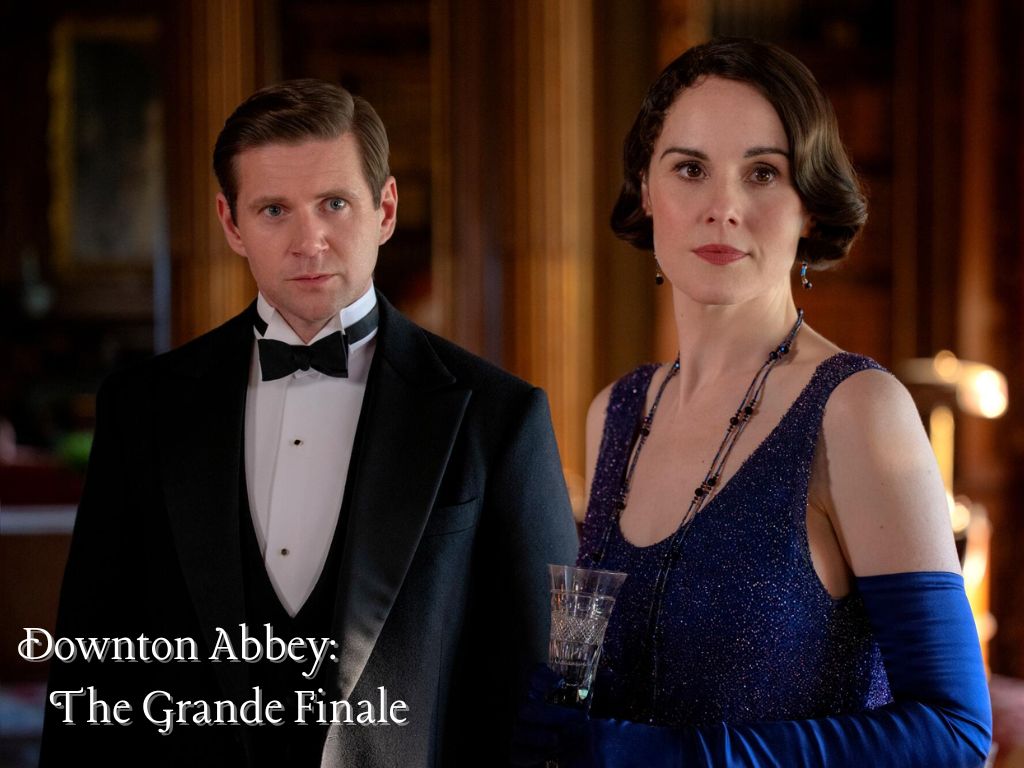Halloween may have passed, but the horror genre continues to release gut-churning films for fanatics like myself. “Smile 2,” the hotly anticipated sequel to the 2022 film “Smile,” managed to follow up one of the most surprising successes of recent horror films with a disappointing and redundant revival.
“Smile” was a lightning-in-a-bottle mix of psychological thriller and slasher, managing to deliver on the gore and sense of dread that make both types of horror genres so successful in their own right. Writer and director Parker Finn managed to blend the genres seamlessly and introduce a never-before-seen antagonist.
“Smile 2” picked up right where the first had ended, with therapist Rose Cotter’s friend Joel, desperately attempting to pass the curse onto someone through killing and leaving a witness. The first scene of the film was fast paced, and set a tone that the rest of the movie was unable to meet in the following plot. High intensity long shots and energetic camera work of this scene, accompanied by a familiar and loved character in Joel was an exceptional beginning that the lackluster plot that followed could not live up to.
The film then took on a unique and new angle through a popstar in Naomi Scott’s character, Skye Riley, was an interesting choice that could have provided insightful commentary, but fell by the wayside as without the mystery to unravel. While Cotter spent the first film figuring out how others escaped the entity’s grasp, Riley doesn’t have that incentive because it would be too repetitive. Instead, Riley is coping with a slew of other issues that are worsened by her being this film’s victim.
While Scott gives the performance of a lifetime when it comes down to her reactions and fearful attempts to grasp reality, the material she was given lacked substance. Riley’s pop stardom has many facets, like drug abuse and addiction, loss of her fiance, as well as general stressors of being an artist like injury and fans. While all of these ideas are great in theory, they were all rushed and not executed well. The slow reveal of the film seemed to be how Riley’s fiance passed, which is explained to the audience through all of her trauma and vices. Approaching the moment where the audience finds out what truly happened, the film had already jumped off the deep-end, becoming too over-the-top and campy to truly enjoy.
The film did make strides with the type of scares it went for, although they were too few and far between to maintain audience attention. The act of smiling scarily worked well in the first, but it became old and repetitive by the first few times it was featured in this sequel, eventually delving into a silly looking expression on most of the actors.
The biggest issue of this franchise showed its teeth in the last 30 minutes of the film, where Riley is truly descending into madness. While it was interesting to guess what was real and not, it was devastating for the tension the film built fairly well towards the end to receive the “it was all a dream” treatment. Although that concept is not always done poorly, this instance brought tension and questions of this monster and this universe to a screeching halt. While the film makers may have seen the final reveal as an exciting new way to make a third installation, they broke their own universe rules in a way that would make any more films surrounding this concept so wildly far-fetched in comparison to the intimate experience the first film’s plot and performances brought.
The game of watching this film was a repetitive and derivative amalgamation of what the first film did so well. Audiences are meant to question what is reality and what is an illusion, “Smile 2” took this too far. While spiraling, there was no sense of grounded action for Riley, making this film a difficult one to feel satisfied watching. This film destroyed its structural integrity as a franchise with its ending, making it nearly impossible to envision a “Smile 3.” With potential to explore the “Smile” franchise squandered after this film, the creative team unfortunately cut its life span tragically short with “Smile 2.”




